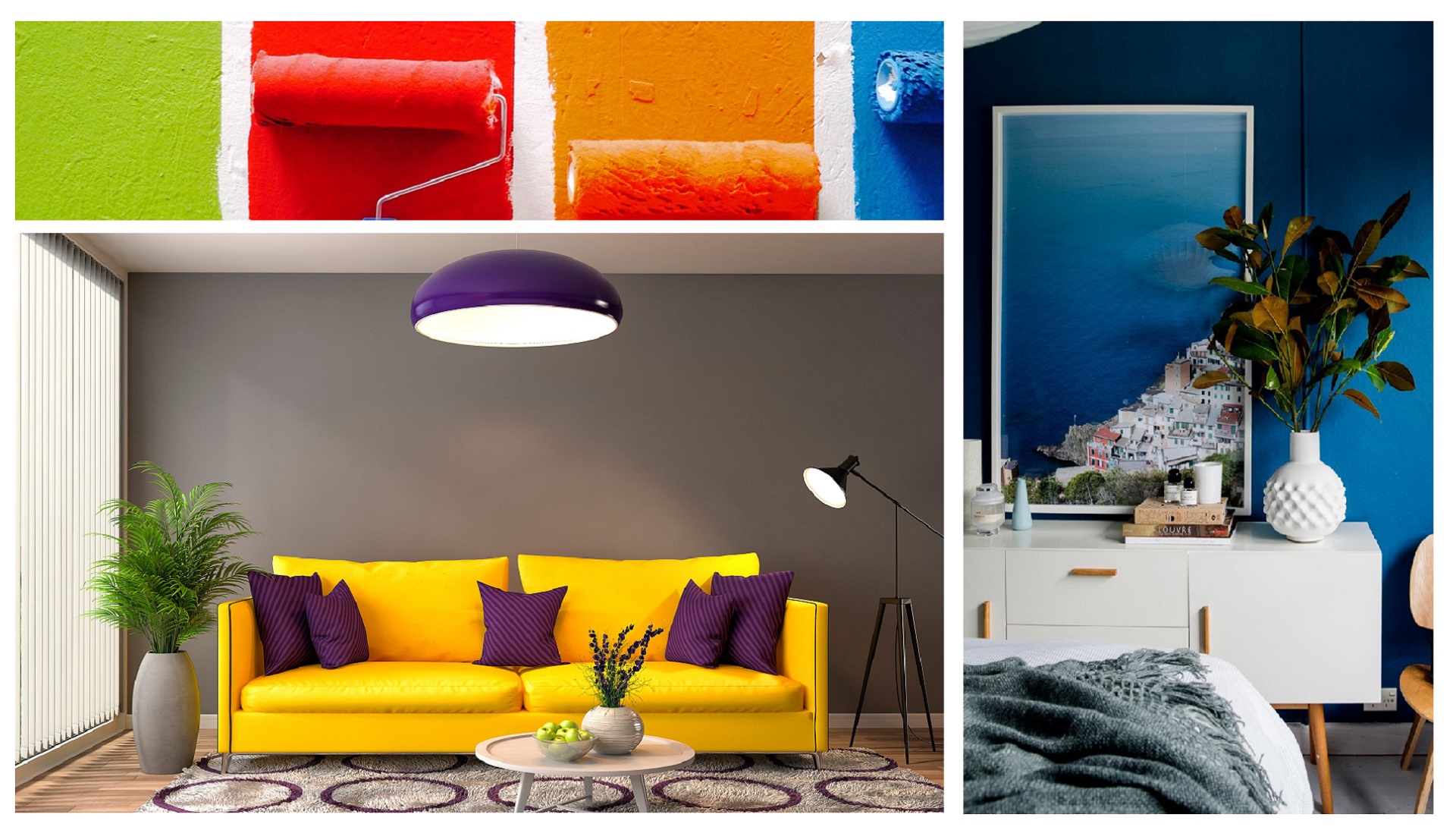Important questions
- What will the space we are going to paint be used for?
- Who will use the space we paint?
- What is the natural light in the space?
- What will be the arrangement of the space we are painting (furniture, style, features ()?
- What colors are chosen for the adjoining rooms?
- What emotions do we attach to the space we paint?
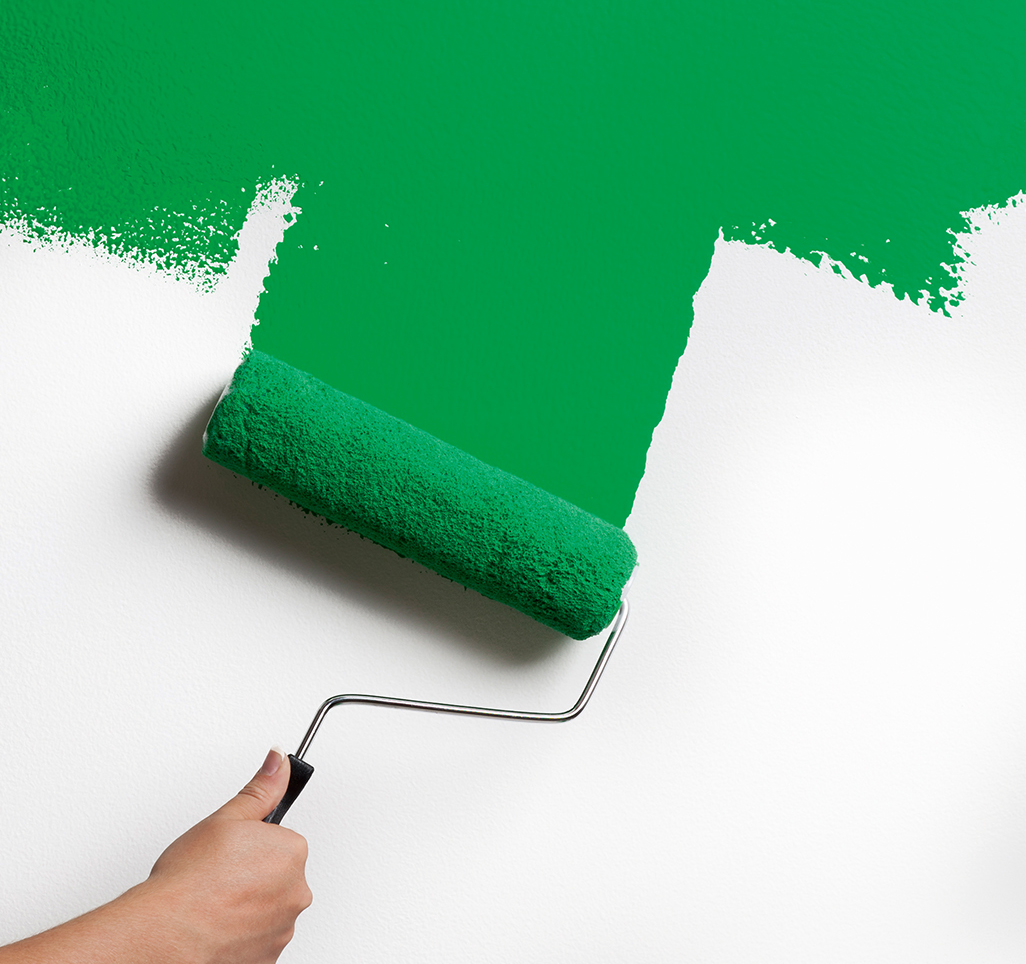
Choosing colors for the walls
Choosing a color for the walls is the initial step in decorating any interior. Some will be guided by their own desires and affinities, regardless of the rules suggested by experts, but certain stylistic laws should not be ignored in order for the final result to be pleasing to the eye. It started with Goethe After all, color psychology dates back to the late 19th century after the famous Goethe wrote the book “Color Theory”. From then until today, experts agree on how color affects mood, senses, and the general atmosphere in a space.
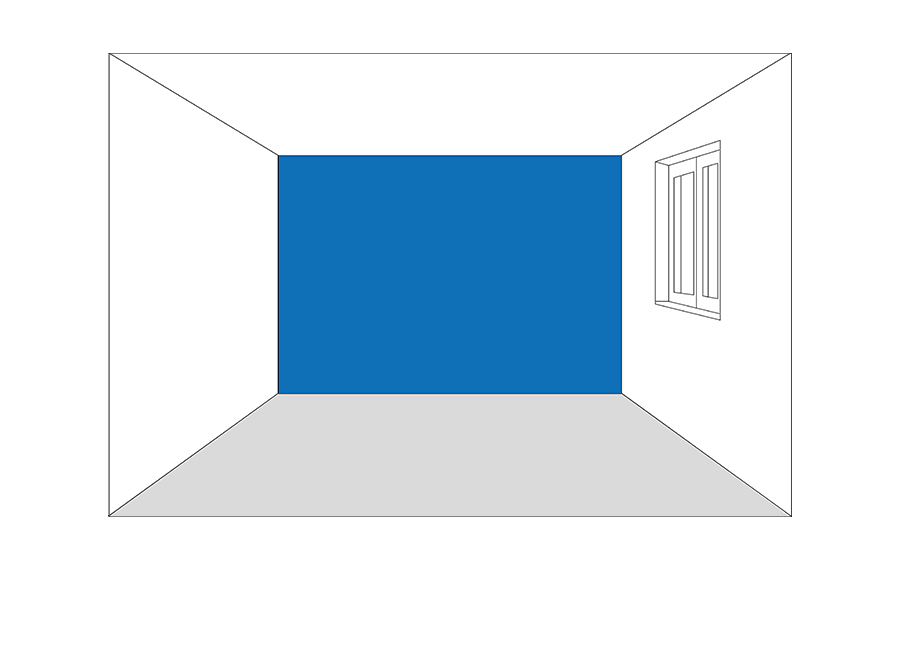

The walls can be painted in any color.
Pastel walls are a popular solution. Play the role of the background of the main view of the room. In this case, you can use any floor, furniture, ceiling. Because this is a universal option.
The ceiling is usually chosen in white or light shades. Because it is a universal color and combined with any furniture, floor. It can be matte or glossy. If you want to add contrasts, it is better to add a rich color of the walls or interior. It can be used in any room.

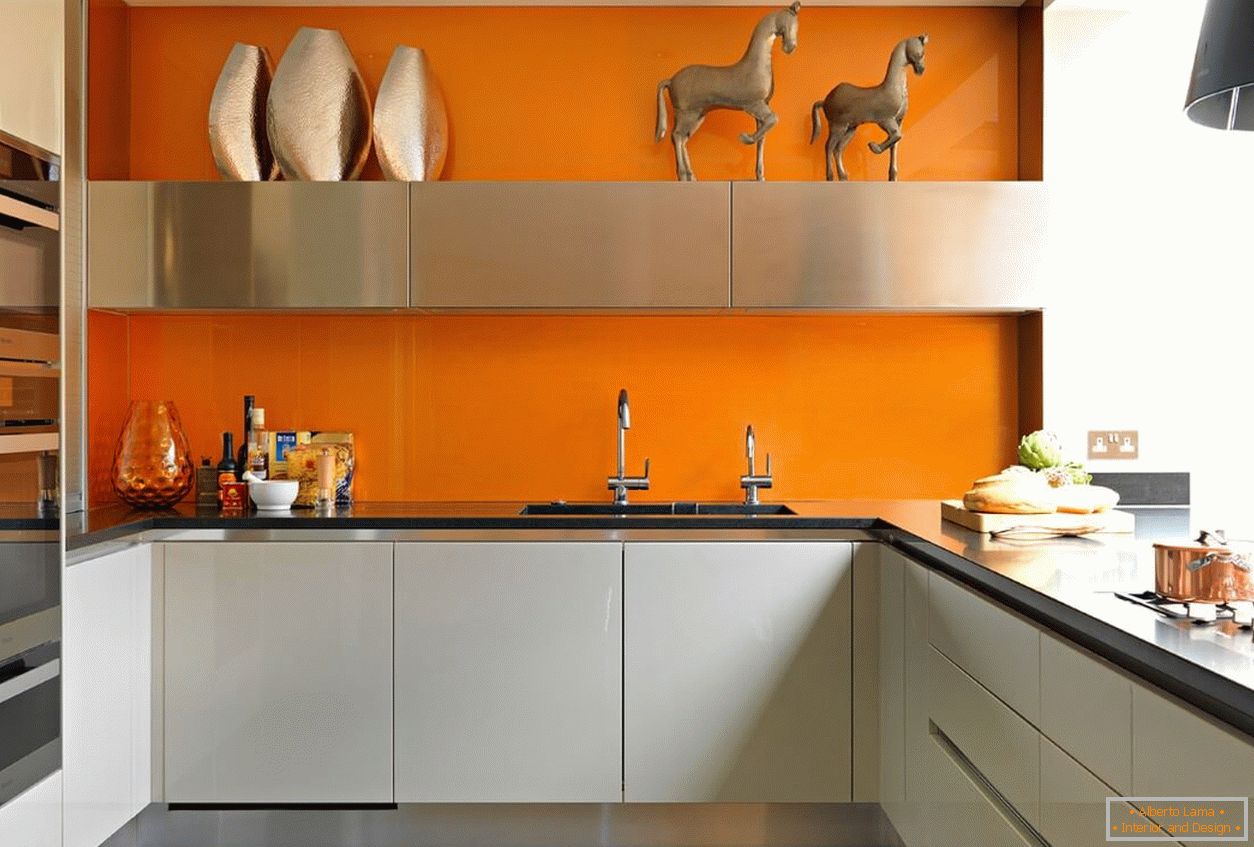
The harmony of colors depends not only on how the walls are shaped, although it is the most important but also on what kind of wood the furniture is, what kind of covers, carpets, and curtains are made of fabric decor. The basic color scheme is:
– Contrasting: a combination of complementary colors, red and green, where one color has the main role, and the other is subordinated to it – e.g. dark green carpet, yellow-green bedspreads, bright red curtains.
– Moderate: a combination of complementary colors, yellow and blue, but in intermittent tones and brown as a transition – eg blue carpet, yellow curtains interwoven with brown, upholstery in beige-brown, walnut furniture.
– Soothing: soothing color composition with one main color, matching tone to tone, eg green-yellow carpet, and similar curtains, dark brown upholstery, teak furniture.

– Warm: combining yellow and red tones – eg brick carpet, curtains in bright red tones, gray or as ivory upholstery.
– Cold: composition of blue and green tones, primarily for large, representative rooms – eg dark blue carpet, same color tone with green stripes for furniture upholstery, azure blue, greenish interwoven curtains, brownish-red wood furniture.
– Softened: a uniform combination of blue and yellow – eg gray mottled carpet, blue upholstered furniture, yellow-orange curtains.
The colors of the walls should be adjusted to the furniture, not the other way around
Before we paint the room, the color should match the furniture. If there is a shade on the armchair that you want to emphasize, you should make it the color of the wall.
At the end of each calendar year, the Pantone Color Institute will present a color that will mark the next year, and 2020, as announced, will be painted in a deep, soothing, and elegant shade of blue, officially called Classic Blue 19-4052.

Classic blue, a color that is associated with the sky just after sunset, the depths of the sea and ocean, has a timeless and lasting beauty and is associated with freedom, space, intuition, openness, and inspiration. Blue invites us to expand our boundaries, to think deeper, and to open ourselves to new possibilities.
White color: Rooms painted white look bright and spacious, in them, all other colors stand out well and are fresh.
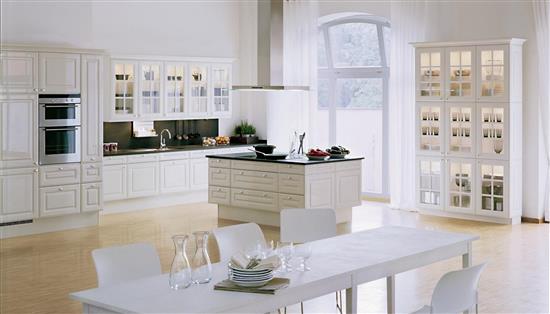
Most often, patient rooms are painted white and equipped with white furniture because of the feeling of cleanliness, which gives this color.
Kitchens are often painted white. In order to create a feeling of purity and beauty, the white color should dominate in the kitchen. It is clean and simple, and that contributes to calmness in it and less overeating. Research has shown that we eat more in a messy kitchen.
Light gray is also neutral and acts similarly to white. Recommended for anyone for whom white is too sensitive.
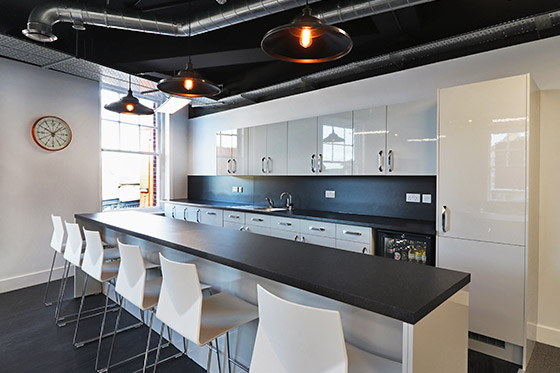
However, when arranging the kitchen space, we have to add a little color, even if we could partly influence our eating habits. Vegetables look delicious if placed on red plates.
Dining room
It is important to create a good atmosphere in it, so it is recommended to create contrast in that room. Let the walls be in a dirty white shade and the table and chairs in a darker color. Or vice versa. Tables and chairs should be white, and the wall in gray, light brown, or burgundy. The cheapest way to achieve contrast is by coloring tablecloths or dishes, so you don’t have to spend a lot of money.
Yellow looks vibrant and fresh and can make a room sunny. It is chosen especially for cold rooms, on the north side and for children’s rooms. The favorite is yellow with a hint of red. Pure lemon-yellow should be used with caution. It makes faces pale and overshadows most other colors. Yellow combines well with purple.

Red is the most intense color for the room. It has a warm and stimulating effect, but should only be applied to small areas. In large areas, it seems anxious and difficult. Red furniture combined with white walls and beige floor.
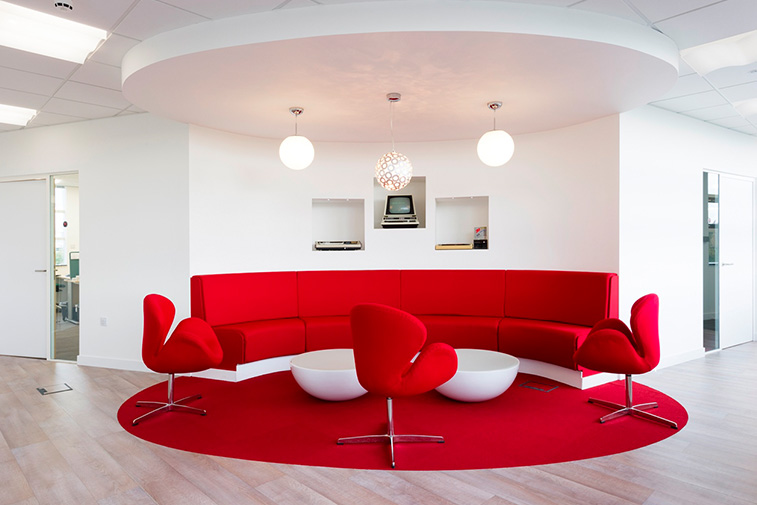
Orange also belongs to the warm colors. In small rooms, as well as red, do not paint large areas. Light brown in tones to the color of sand, creates a feeling of security and warmth.
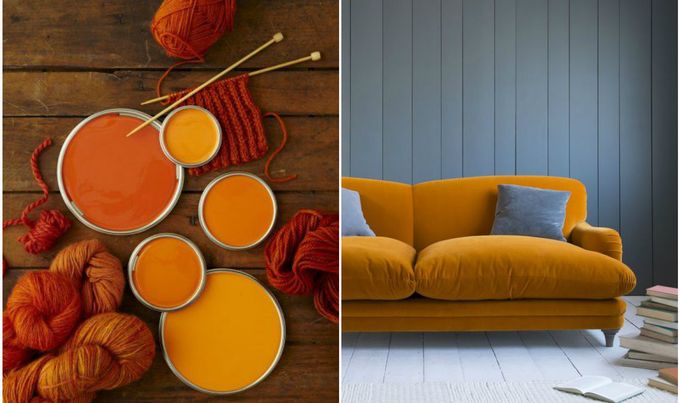

Green, when mixed properly, can be a lovely and pleasant color, warm and relaxing at the same time; it is used, for example, for a living room. However, every very light green and turquoise room seems to us like a bathroom. If we add blue, green will be cooler.

Blue is the coldest color and makes any room bigger, which can be important, for example, for small kitchens and bathrooms, but also for rooms on the south side, exposed to the sun. It is most often used for bedrooms.
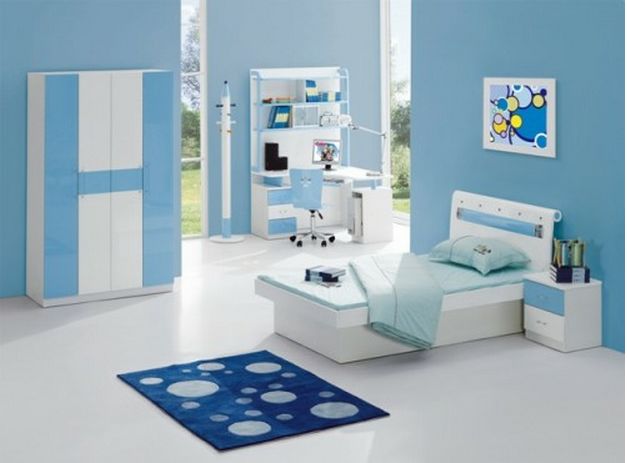
It’s your personal oasis and that’s why you don’t have to follow any rules there. Decide what suits you best, whether it is red, soothing blue, lavender, or purple.
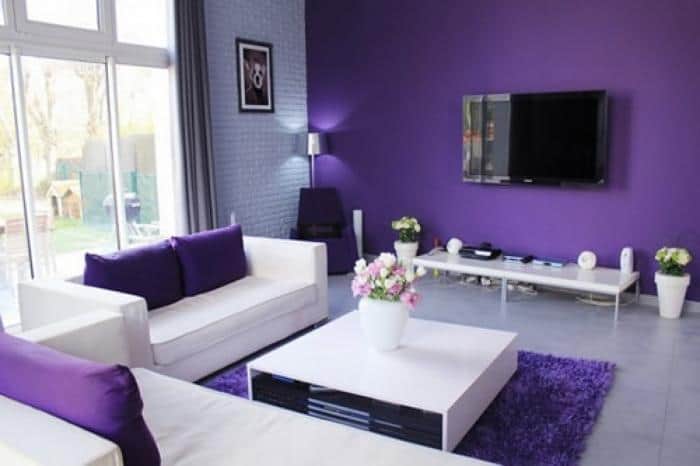
Black awakens feelings of authority and control, but it can also absorb natural light, so be careful! It can function as a rather mysterious color, but on the other hand, it can create a space of luxurious elegance if used as a complementary accent.
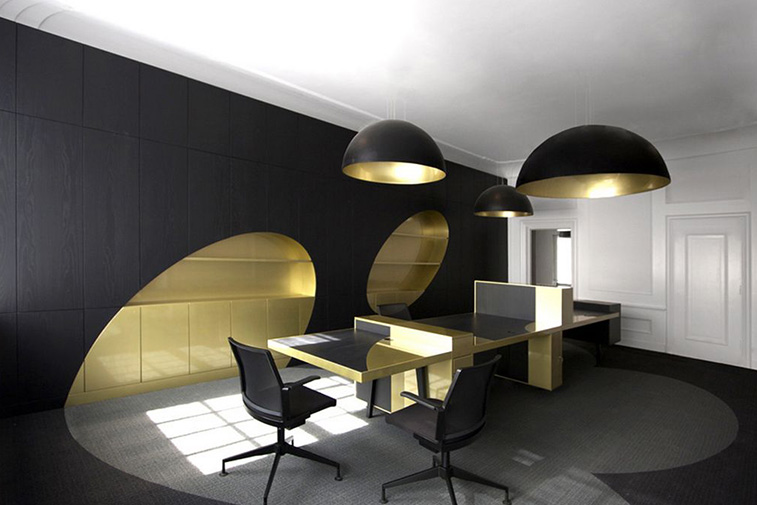
The living room is a place where the family hangs out and relaxes. That is why it should be dominated by the neutral color of the walls, which will create a peaceful atmosphere for everyone. The best shades are gray, from soft to dark. Other ideal colors for the living room are dark blue and green. Details in dark red, pink, or yellow will create a nice contrast. If you want to bring more color into space, play with pillows, carpets, curtains, and striking bedspreads.
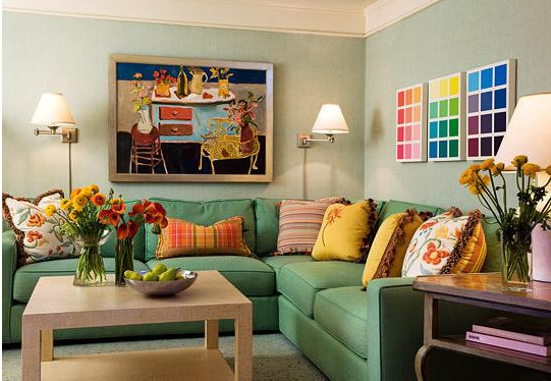
Children’s room: Soft and pastel colors are the best choice for children’s bedrooms Bright yellow color can cause anger and frustration in young children. Light blue can help calm anger attacks. Keep in mind that different colors, even their shades, affect the body and mind differently. They can be soothing, but also a trigger for nervousness and tension and therefore it does not matter what colors will prevail in the child’s room.
Regardless of the child’s age, the colors in their room and the space in which they stay should primarily be comfortable and soothing, blue tones are most often used for boys, while pink and white colors mixed with shades of red are used for girls.
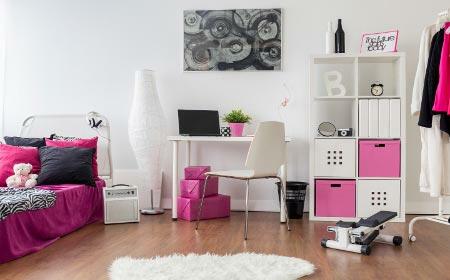
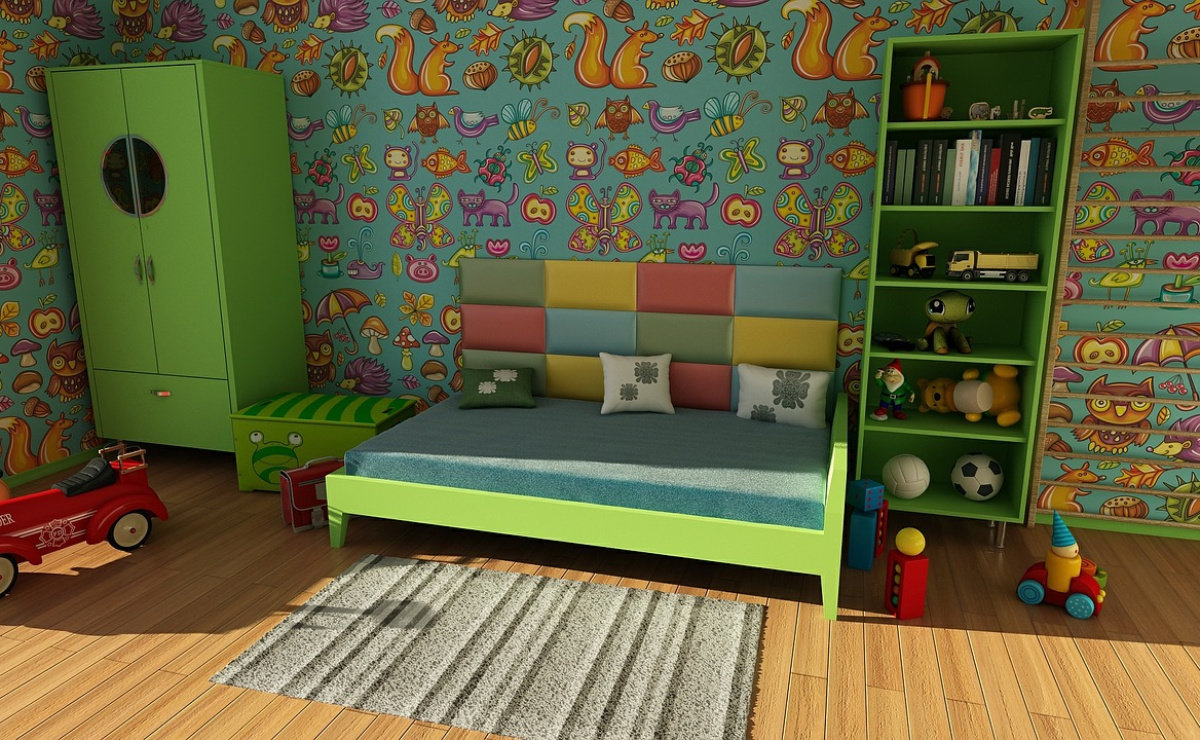
For the study room, try the color of sage. Green encourages thinking, and the brain will work best surrounded by green tones. The reason for that is that it reminds of nature, in which it is always easiest to clarify thoughts. As with blue, choose less intense shades – sage is an ideal choice. Seli Augustin points out that even the shortest exposure to red slows down analytical thinking, so avoid it in this case.

The picture below shows combinations of ocher and yellow.
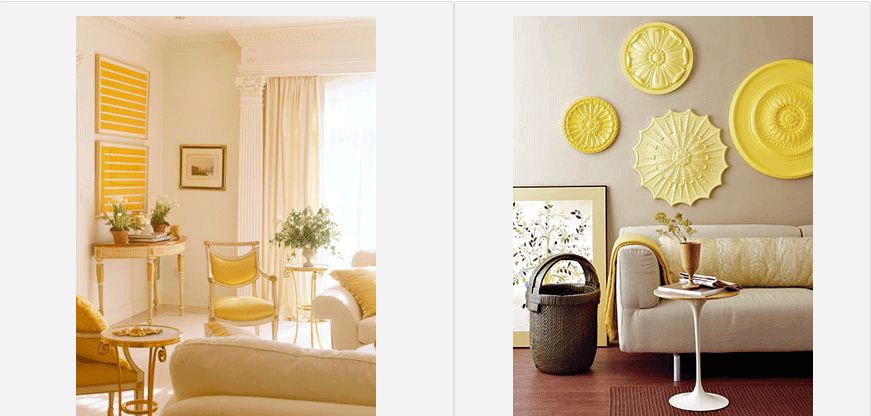
Prepared by: A.M.
Balkantimes.press
Napomena o autorskim pravima: Dozvoljeno preuzimanje sadržaja isključivo uz navođenje linka prema stranici našeg portala sa koje je sadržaj preuzet. Stavovi izraženi u ovom tekstu autorovi su i ne odražavaju nužno uredničku politiku The Balkantimes Press.
Copyright Notice: It is allowed to download the content only by providing a link to the page of our portal from which the content was downloaded. The views expressed in this text are those of the authors and do not necessarily reflect the editorial policies of The Balkantimes Press.

